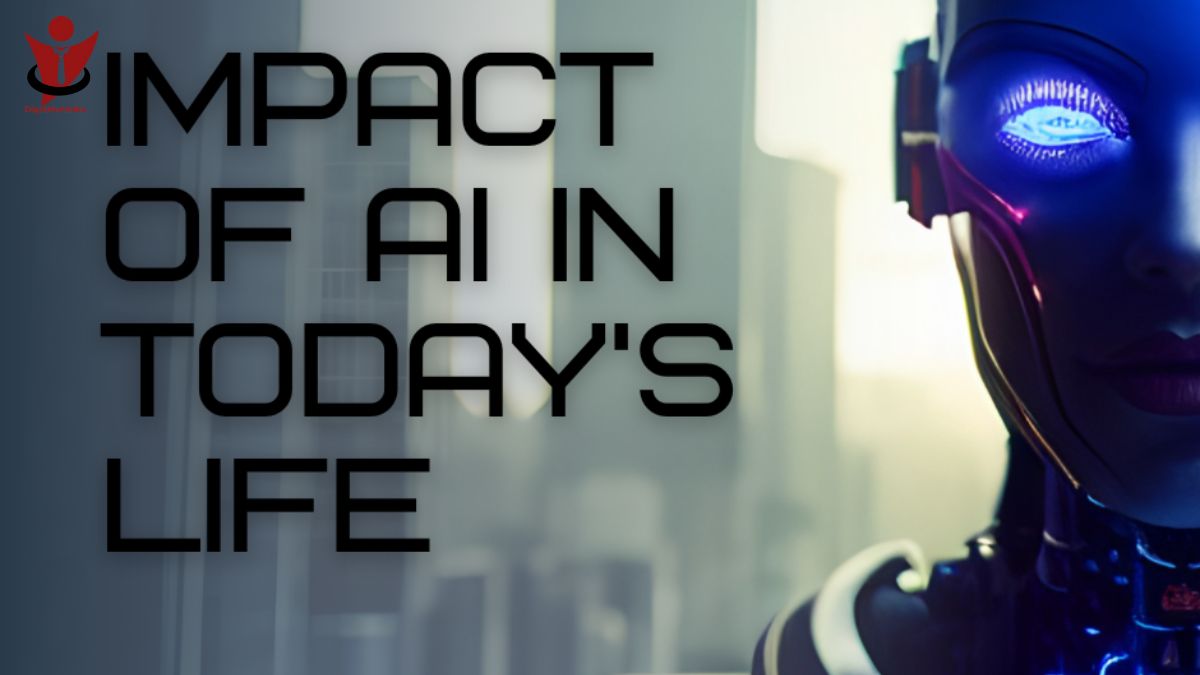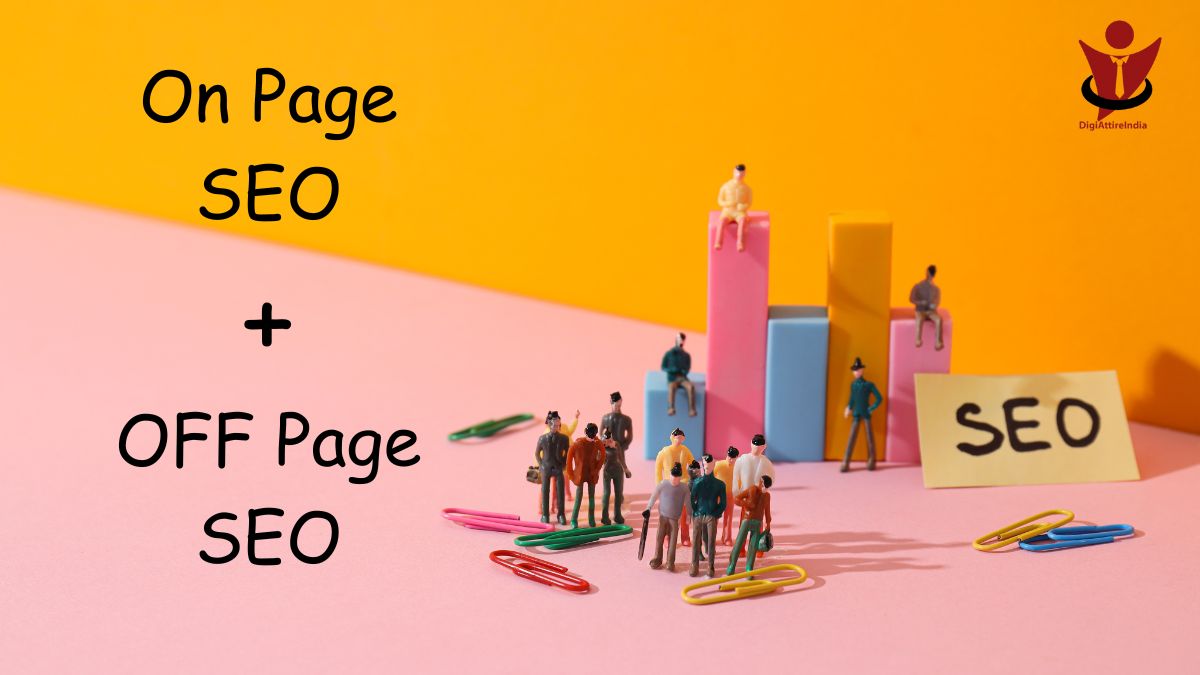Introduction
Technology is changing fast. One of the biggest changes we are seeing today is the rise of Artificial Intelligence, or simply AI. You might think AI is something complicated or only for scientists—but the truth is, AI is already part of our everyday life. From the moment you wake up and check your phone to the time you go to bed and scroll through social media, AI is working behind the scenes.
In this blog, we’ll talk about how AI is affecting our lives today—at home, at work, in school, in hospitals, and even in entertainment. And don’t worry—we’ll keep it super simple!
What is AI?
Let’s start with the basics. AI stands for Artificial Intelligence. In simple words, it means machines (like computers or robots) that can think and act like humans—but in a smart and fast way. They can learn from past experiences, understand what we say, recognize pictures and sounds, and even make decisions.
For example:
- When your phone unlocks by recognizing your face, that’s AI.
- When YouTube or Netflix shows you suggestions of what to watch next, that’s AI.
- When Google Maps tells you the fastest way to reach somewhere, that’s AI.
AI is not just something for the future. It’s already here, helping us in ways we don’t always notice.
AI at Home
Let’s look at how AI is helping in our day-to-day life at home.
1. Smart Assistants
Devices like Alexa, Google Assistant, or Siri can answer your questions, play music, set alarms, or even control your home lights. They listen to your voice and understand what you want.
2. Smart TVs and Streaming
When you watch something on Netflix or YouTube, it shows you more videos you might like. This is AI learning what kind of shows or music you enjoy.
3. Home Appliances
Now we have smart refrigerators, washing machines, and even ACs that can be controlled through apps and adjust themselves based on your usage. AI helps them become “smart.”
AI in Smartphones
Our mobile phones are full of AI features:
- Face unlock and fingerprint sensors
- Autocorrect and predictive text
- Photo enhancement in camera
- Voice search
- Personalized ads and content
These features make our phones more personal and easier to use.
AI in Social Media
Whether you use Facebook, Instagram, or TikTok—AI is working behind the scenes.
- It shows you content that it thinks you will like.
- It suggests people you may know.
- It even removes harmful content automatically using smart filters.
That’s why your feed looks different from someone else’s. AI tailors it just for you!
AI in Shopping
Ever noticed how after searching for a product online, you start seeing ads about it everywhere?
That’s AI in action. It tracks your behavior, what you like, what you click on, and then shows you similar items.
Also:
- Chatbots on websites that help you shop or answer your questions—those are AI-powered.
- AI also manages stock and delivery so that products reach faster.
AI in Education
AI is changing the way students learn:
- Apps like BYJU’S, Vedantu, and Khan Academy use AI to understand what a student is good at and where they need help.
- Online platforms adjust the difficulty level of questions automatically based on the student’s learning.
- Teachers get support in checking answers and managing classes.
Even during the COVID-19 lockdown, AI helped schools and students stay connected through smart learning tools.
AI in Healthcare
AI is helping doctors and hospitals in big ways:
1. Faster Diagnosis
AI systems can check X-rays, CT scans, and other medical images faster and more accurately than a human sometimes.
2. Health Monitoring
Fitness bands and smartwatches use AI to track heart rate, sleep, calories, and even stress levels.
3. Predicting Illness
AI can study large data to predict if someone might get a disease like diabetes or heart issues, even before symptoms appear.
4. Virtual Health Assistants
Some apps help you talk to a doctor through chat or video, using AI to understand your symptoms.
AI in Jobs and Business
Almost every business today is using AI in some way:
- Banks use AI to detect fraud, approve loans, and answer customer queries.
- E-commerce sites like Amazon use AI to recommend products and manage deliveries.
- Hotels and restaurants use AI to manage bookings and suggest menu items.
- Factories use AI-powered robots to build cars, electronics, and more.
AI is helping companies work faster, smarter, and with fewer mistakes.
AI in Transport
1. Navigation
Google Maps, Uber, and other apps use AI to tell you the best routes, predict traffic, and estimate arrival time.
2. Self-Driving Cars
Companies like Tesla are building cars that can drive themselves using AI. Though still being tested in India, it’s already being used in other countries.
3. Public Transport
Buses and trains are using AI to manage schedules and improve services for passengers.
AI in Agriculture
In farming, AI is doing wonders:
- Helping farmers know when to water crops.
- Identifying plant diseases early.
- Predicting weather and best time to sow seeds.
This leads to better crops, more food, and less wastage.
AI in Entertainment and Gaming
- Video games now use AI to create smarter opponents and better graphics.
- Music apps suggest songs you might like.
- Some AI tools can even create music, write poems, or generate videos!
AI is also used in editing, animation, and VFX in movies.
AI in Security
AI is helping in keeping us safe:
- CCTV cameras now come with AI that can detect unusual activity.
- Banks use AI to detect fraud.
- Cybersecurity systems use AI to prevent hacking.
Is AI Taking Our Jobs?
This is a common worry. Yes, AI is changing the job market. Some jobs that are repetitive—like data entry, simple customer service, etc.—may be done by machines in the future.
But the good news is:
- New jobs are also being created in AI, data science, robotics, etc.
- AI needs humans to build, manage, and train it.
So the focus should be on learning new skills. If we learn how to work with AI, we can grow faster.
Problems with AI
AI is powerful, but it also has some issues:
1. Privacy Concerns
AI uses data to learn. Sometimes, this data can be personal. There are concerns about how our data is being used.
2. Bias
If AI is trained with wrong or unfair data, it can make wrong decisions. For example, if a hiring AI has biased data, it may reject good candidates unfairly.
3. Over-Dependence
If we rely too much on AI, we may stop using our own thinking. Balance is important.
4. Job Loss
As mentioned, some jobs may be replaced. But with proper training, new opportunities can open up.
Future of AI – What’s Next?
The future is exciting! In the next 5-10 years, AI will become even more advanced. Here’s what we can expect:
- More automation in every sector
- Better healthcare with personalized treatments
- Smarter education platforms
- More intelligent cities (smart traffic, waste management)
- Voice-based and gesture-based computing
But along with growth, we also need rules and responsibility. Governments, companies, and we, as people, must ensure that AI is used for good.
What Can We Do?
Here are a few simple things we can do to stay ahead in this AI-driven world:
- Learn about AI – even the basics.
- Teach children how to use technology smartly.
- Be aware of how your data is being used.
- Focus on skills like creativity, critical thinking, and communication—these can’t be replaced by AI.
- Stay open to change and keep learning.
Conclusion
AI is not something to be afraid of. It is a powerful tool that can make our lives better if used wisely. From saving time to saving lives, from entertainment to education—AI is all around us.
Just like electricity changed the world over 100 years ago, AI is changing the world today. And we are all part of this change.
Let’s learn it, use it, and grow with it—together.







